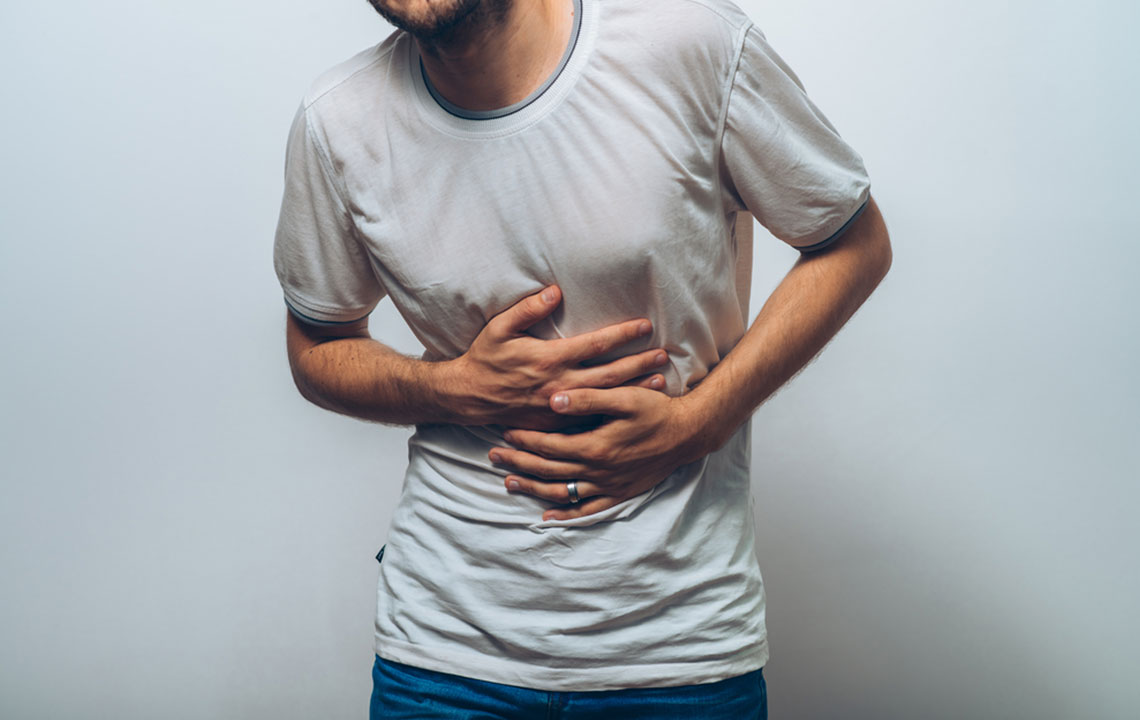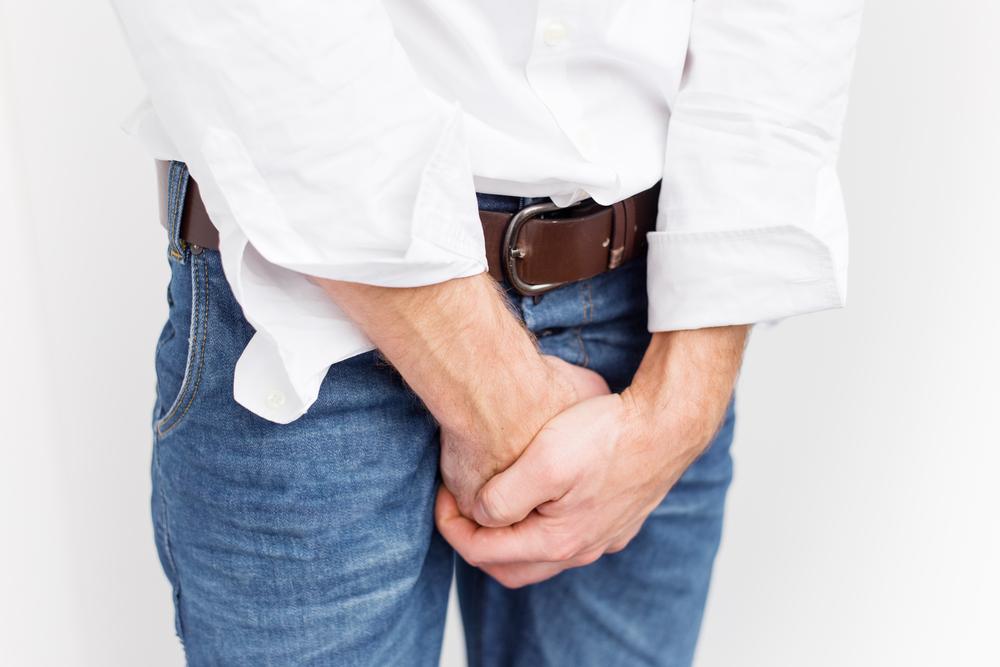Understanding Urinary Incontinence: Types and Treatment Options
Explore the different types of urinary incontinence and learn about effective treatment methods, including exercises, medications, and surgical options. This comprehensive guide helps individuals understand their condition and find suitable solutions for better bladder control and improved quality of life.

Understanding Urinary Incontinence: Types and Treatment Options
Urinary incontinence involves unintentional urine leakage caused by various factors such as health conditions, lifestyle choices, or dietary habits. The severity ranges from minor leaks to significant issues requiring medical intervention. The primary categories of urinary incontinence are outlined below.
Stress incontinence
This condition results from pressure on the urethra during activities like coughing, sneezing, laughing, or lifting heavy objects.
Urgency incontinence
Also known as reflex incontinence, this occurs when an intense, uncontrollable urge to urinate leads to involuntary leakage. It may stem from diabetes, infections, or sexual activity in women.
This sudden urge can cause involuntary urine flow, linked to conditions like infections or hormonal imbalances.
Overflow incontinence
This occurs when the bladder cannot empty properly, leading to frequent dribbling of urine due to overfilling or incomplete emptying.
Functional incontinence
Incontinence caused by physical or mental limitations preventing timely bathroom access, such as severe arthritis or advanced age.
Mixed incontinence
A combination of stress and urge incontinence, requiring tailored treatment approaches. Treatment options range from non-invasive methods to surgery, depending on severity.
Home remedies and exercises
Pelvic floor exercises (Kegel) strengthen urinary muscles, helping manage stress incontinence. Regular practice reduces leakage episodes.
Bladder training involves setting restroom schedules to control urges, particularly effective for urge incontinence.
Double voiding technique, involving urination followed by waiting a few minutes, helps control overflow incontinence through complete bladder emptying.
Medications for urinary incontinence
Treatments include drugs that relax overactive bladder muscles or improve tissue function. Common options are:
Anticholinergics, which calm an overactive bladder, beneficial for urge incontinence.
Topical estrogen, which enhances tissue strength in women, aiding in urine control by supporting the vaginal lining.
Surgical options
Sling procedures involve placing a mesh under the bladder neck to prevent leakage.
Colposuspension lifts the bladder neck to reduce urine loss, especially in stress incontinence cases.
Artificial sphincter installation replicates natural valve function for patients with sphincter failure, offering better control.
Note: Our articles aim to provide informative content across various health topics. However, they are for informational purposes only and not a substitute for professional medical advice. Readers are advised to consult healthcare providers for diagnosis and treatment planning. We do not assume responsibility for discrepancies or updates in medical data across different sources.










